With winter here, those of us who live in cold weather climates may find ourselves looking to do more indoor photography, and perhaps using flash. In which case understanding the difference between front-curtain, slow and rear-curtain sync is important. That word “sync” is the key, as it has to do with how your flash works with your camera’s shutter.
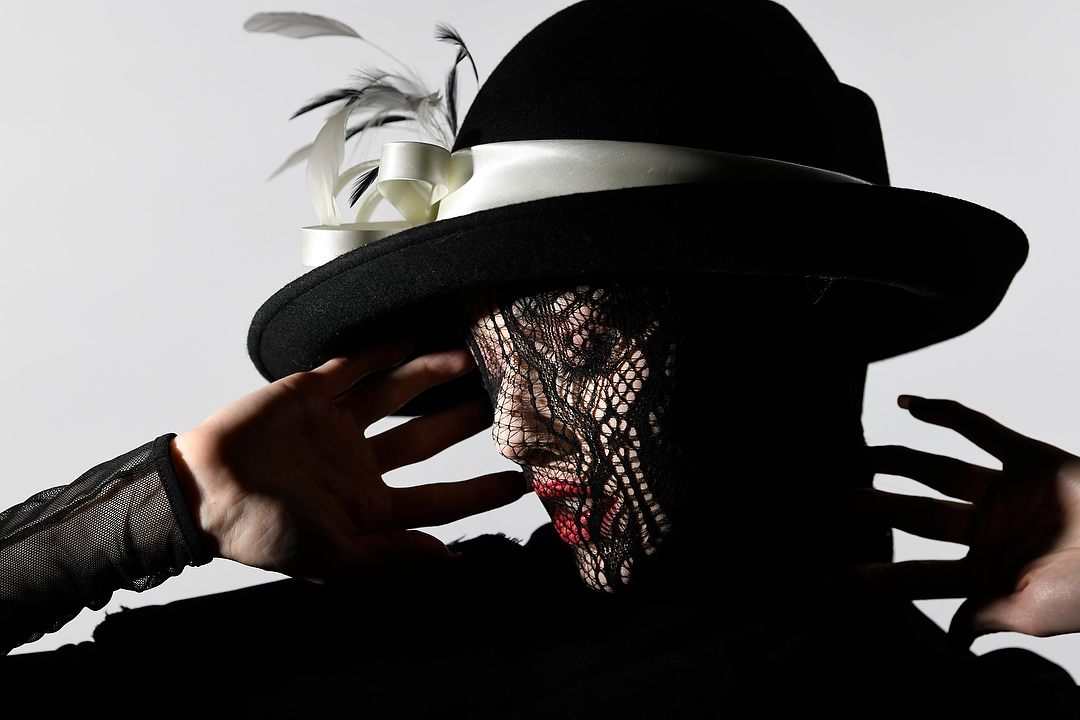
Bad weather outside? How about having some fun with flash photography inside? Understanding your flash sync choices will make you more successful. Nikon D850, Flash white balance, ISO 200, 1/160 at f/5.6, Nikkor VR Zoom 70-200mm f/2.8 lens at 135mm.
Remember, the shutter is composed of two primary components, called “curtains.” The first (“front”) curtain opens to expose the sensor to light, then the second (“rear”) curtain follows behind to block light and end the exposure. “Sync” speed is the fastest shutter speed where that front curtain has cleared the sensor before the rear curtain starts to cover it. In “front-curtain” flash mode, the camera synchronizes the firing of the flash with the action of that front curtain. With most camera’s today, that shutter speed is around 1/200 second (sometimes a bit lower, sometimes a bit higher). If your camera knows that a flash is attached, it will try to keep you from using a shutter speed higher than that sync speed. If not, then you’d likely see a black band across part of the frame, which is the rear curtain starting to close and blocking light from the sensor before the front curtain has cleared the sensor. Lower shutter speeds aren’t a problem, because the rear curtain is delayed even longer from blocking the light. Some camera and flash combinations do allow something called “Auto FP”, or “high-speed sync,” which will pulse the flash to allow higher shutter speeds. Now that you know what sync and curtains are, let’s discuss your options with them.
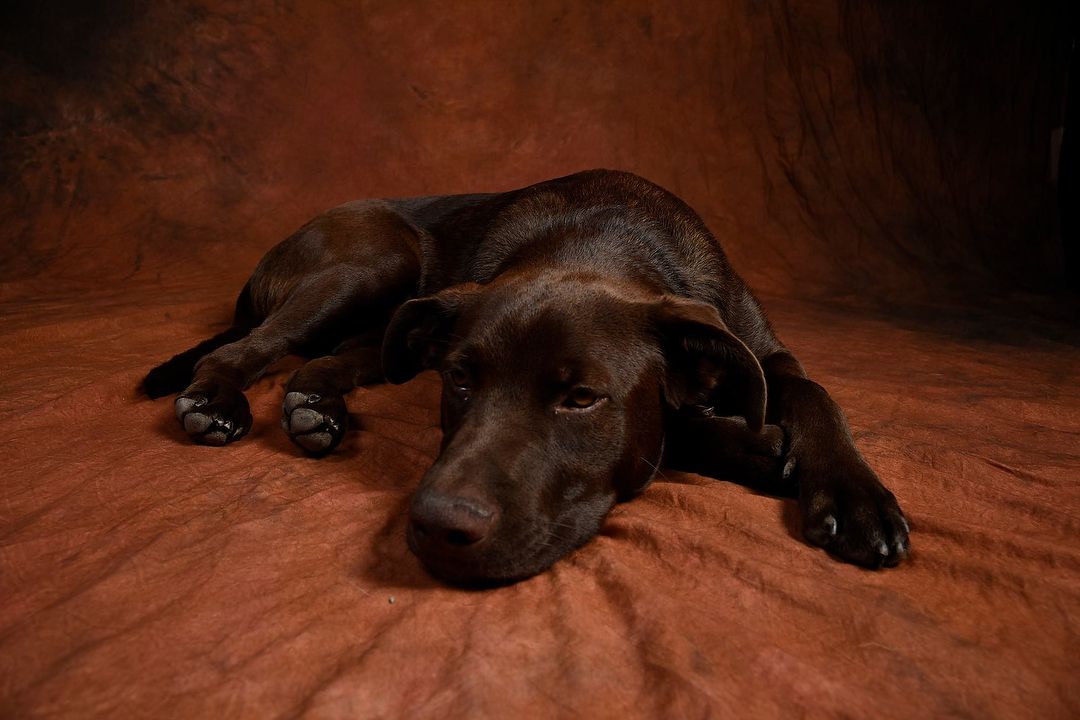
Using a shutter speed at or below a camera’s sync speed means you’ll get the result you’re expecting. Nikon D 810, Manual exposure, Flash white balance, ISO 200, 1/160 at f/8, Nikkor 24-120mm f/4 lens at 24mm.
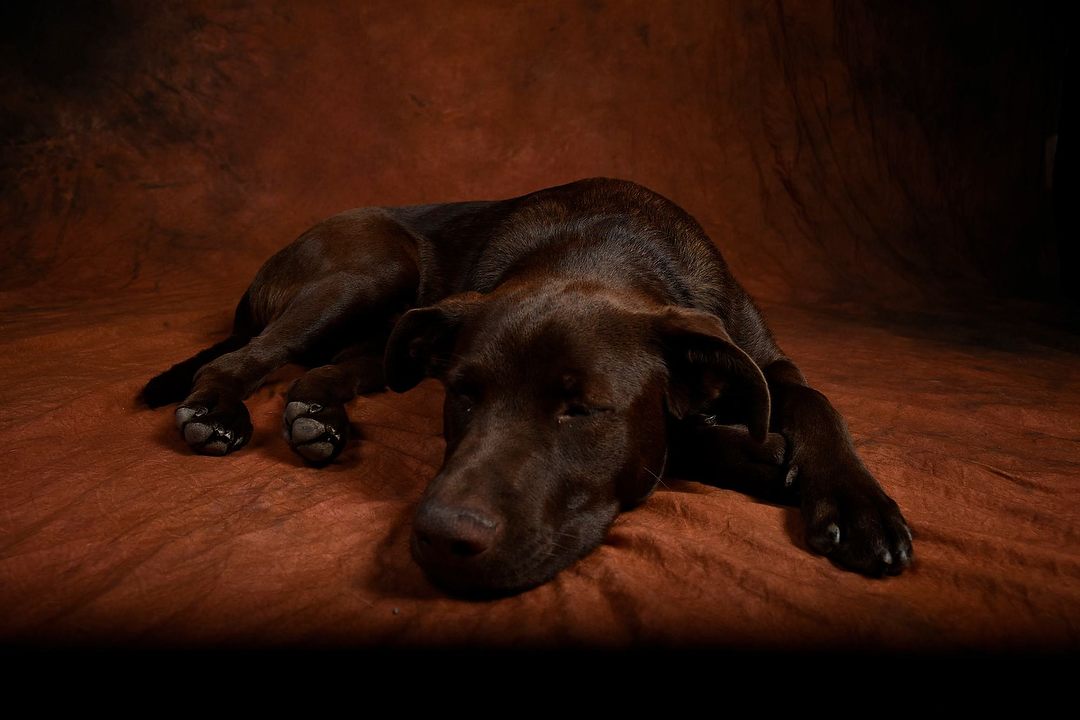
Going above that sync speed, however (1/320 in this case), without using Auto FP (high-speed sync), will result in a black band across part of the image. These strobes were in manual and connected via a radio trigger, which meant the camera didn’t know a flash was attached. Otherwise the camera wouldn’t have allowed me to use that higher shutter speed. Nikon D 810, Manual exposure, Flash white balance, ISO 200, 1/320 at f/8, Nikkor 24-120mm f/4 lens at 24mm.
Out of the box, most cameras are set to “front-curtain” flash. That means the flash will fire as soon as the first curtain clears the sensor, as described above. “Rear-curtain” means the flash is synced to the action of the rear (second) curtain, and fires just before it starts to move and cover the sensor. What’s the difference? With front-curtain, the flash fires at the beginning of the exposure, while in rear-curtain, the flash fires at the last possible moment. Most of the time this doesn’t matter, unless there’s movement happening during the exposure. In that case, front-curtain will freeze the motion at the start of the exposure, while rear-curtain freezes action at the end. That may not sound like a big deal, but it’s the difference between natural and unnatural blur (ghosting). Look at these examples:
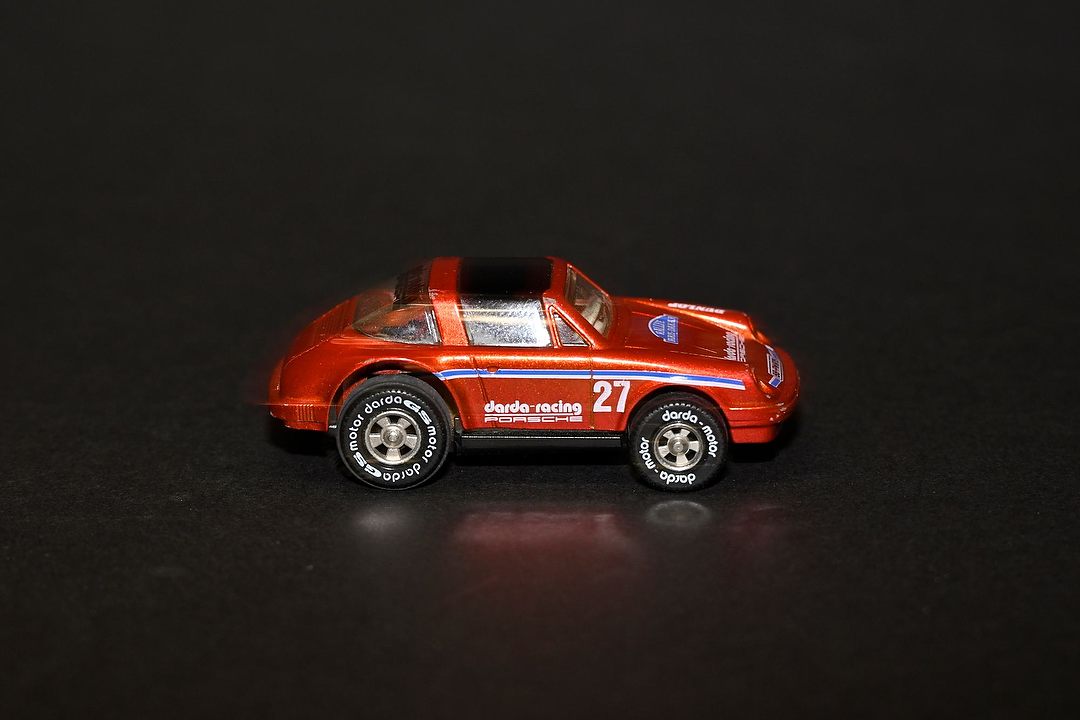
This toy car may look like it’s parked, but in fact it’s zipping across the table. The ISO, shutter and aperture are such that without flash, the exposure would be nearly black. Since the flash is the only light, and since a flash pulse is very short, it’s that pulse that’s actually freezing the car’s action. Nikon Z 6 II, Manual exposure, Nikon SB-5000 speedlight, Flash white balance, ISO 800, 1/80 at f/8, Nikkor Z 24-200mm f/4-6.3 VR lens at 115mm.
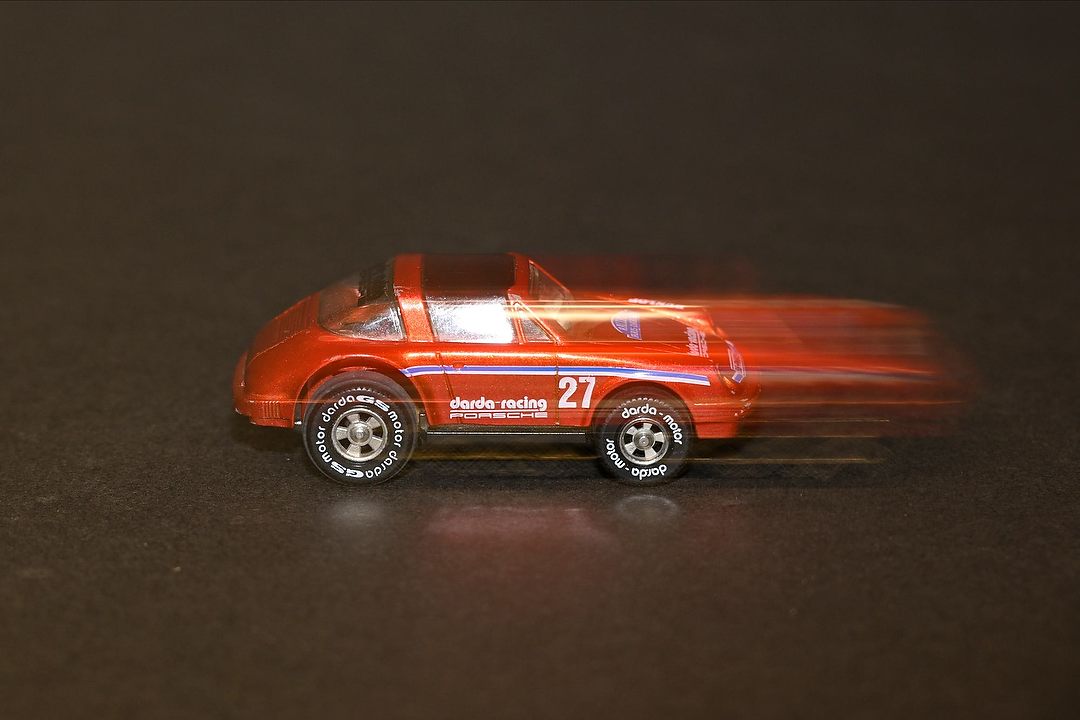
This is the result if using front-curtain flash with an exposure that allows the ambient light to play a role (note the slower shutter speed). The flash fires at the beginning of the exposure, and then the ambient light shows the movement of the car until the rear (second) curtain closes. The car looks like it’s having an out-of-body experience. Nikon Z 6 II, Manual exposure, Nikon SB-5000 speedlight, Flash white balance, ISO 800, 1/20 at f/8, Nikkor Z 24-200mm f/4-6.3 VR lens at 115mm.
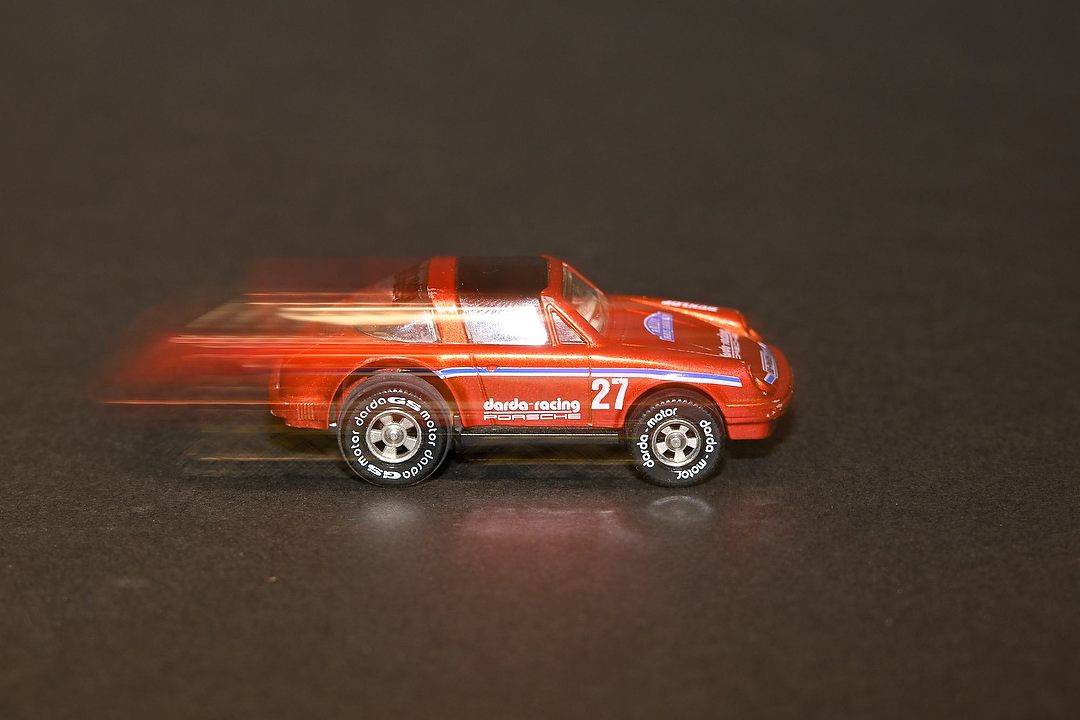
The only difference between the previous photo and this is a change in flash sync. Using rear-curtain sync, the first (front) shutter opens, but the flash doesn’t fire until just before the second curtain (rear) begins to close. That results in a more natural looking blur, behind the movement. Nikon Z 6 II, Manual exposure, Nikon SB-5000 speedlight, Flash white balance, ISO 800, 1/20 at f/8, Nikkor Z 24-200mm f/4-6.3 VR lens at 115mm.
So, if you’re going to photograph action with flash, and there’s enough available light that blur might result, rear-curtain is the better choice. That’s one of the first things I change on each new camera I get. I don’t see any downsides to using rear-curtain instead of front-curtain, so I make that my default.
Most cameras, by default, won’t use a shutter speed slower than 1/60 when flash is involved, That’s the case in full automatic, Aperture Priority or Program modes (in Manual and Shutter Priority, you can choose lower speeds). That’s by design to help people who don’t know anything about photography. Those folks are most likely to turn on flash when indoors – or outside at night – when there’s not much light. In that case, if the camera were to use the shutter speed it would need without flash, that speed would be slow and probably result in blurry photos, even with flash. Not understanding what’s happening, those people would blame the camera instead of themselves. However, for photographers who understand exposure and pay attention to it, there are times you might want to use a slower shutter speed. Usually that’s because they want the available light to help show what’s behind the subject in the scene. And that’s one reason most cameras offer more flash sync options.
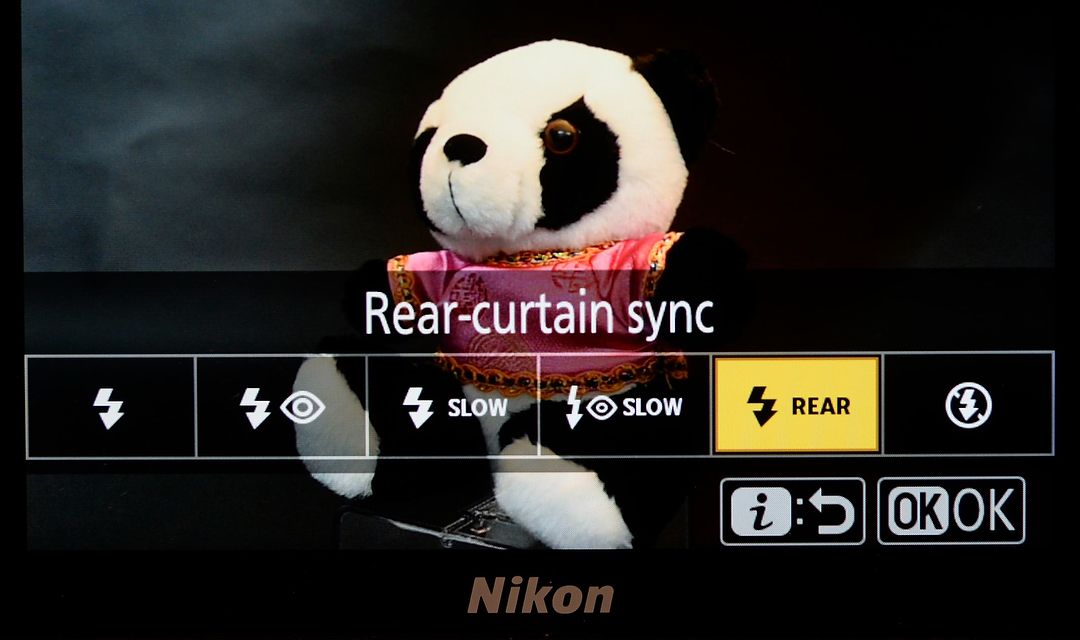
Here are the flash sync options on my Nikon Z 6 II. You’ll find most, if not all of these, on most cameras.
“Slow” sync takes away that 1/60 barrier, while still in front-curtain mode. That lets you use slower shutter speeds, thus the name “Slow.” If you’ve decided to use rear-curtain sync, though, which by its nature removes the barrier, nothing more needs to be done. And, in fact, you’ll sometimes even see “slow-rear” used as a designation, despite the fact that rear-curtain is already “slow-rear.” For photographers who want to make creative use of the blur that can result from slow shutter speeds, rear-curtain, then, is the obvious choice. And that’s what I do. It gives me the ability to use shutter speeds lower than 1/60 with flash whenever I want, plus, of course, if there’s blur, it looks natural.
With some cameras, it is possible to stay in front-curtain flash and let the camera use a shutter speed lower than 1/60. For instance, in most of my Nikons, I can go into Custom Settings and change that minimum 1/60 to a lower speed. However, I don’t see an advantage to doing that since I use rear-curtain, which already removes the 1/60 limit.
To see the difference between front-curtain and rear-curtain sync yourself, try this:
1 – Use a room where you can control the lighting to make it fairly dim (or do this in the evening). You need low light to be able to see the blur.
2 – Get something you can roll across a table in that room.
3 – Set up your tripod, mount your camera and find your framing.
4 – Use Manual exposure, and set it for a slightly underexposed picture with the available light, at a shutter speed around 1/60 second or less.
5 – Make sure your camera is set to front-curtain flash sync, then shoot a series of photos of the object rolling across the table. With an aperture and shutter speed that allows ambient light to play a role, you’ll see blur that appears out in front of the rolling object.
6 – Now change the sync to rear-curtain and do the same thing. With that one change, the blur will now appear behind the object.
With this simple exercise you’ve accomplished two important things. One, you now understand “flash sync” and the difference between “front-curtain” and “rear-curtain” flash. And two, you’ve found a reason to do a little photography, which is always a good thing!
– if you’d like to learn more about creative use of flash, I’m in the process of building a “Mastering Flash” online class and plan to teach it soon. Contact me for more info –
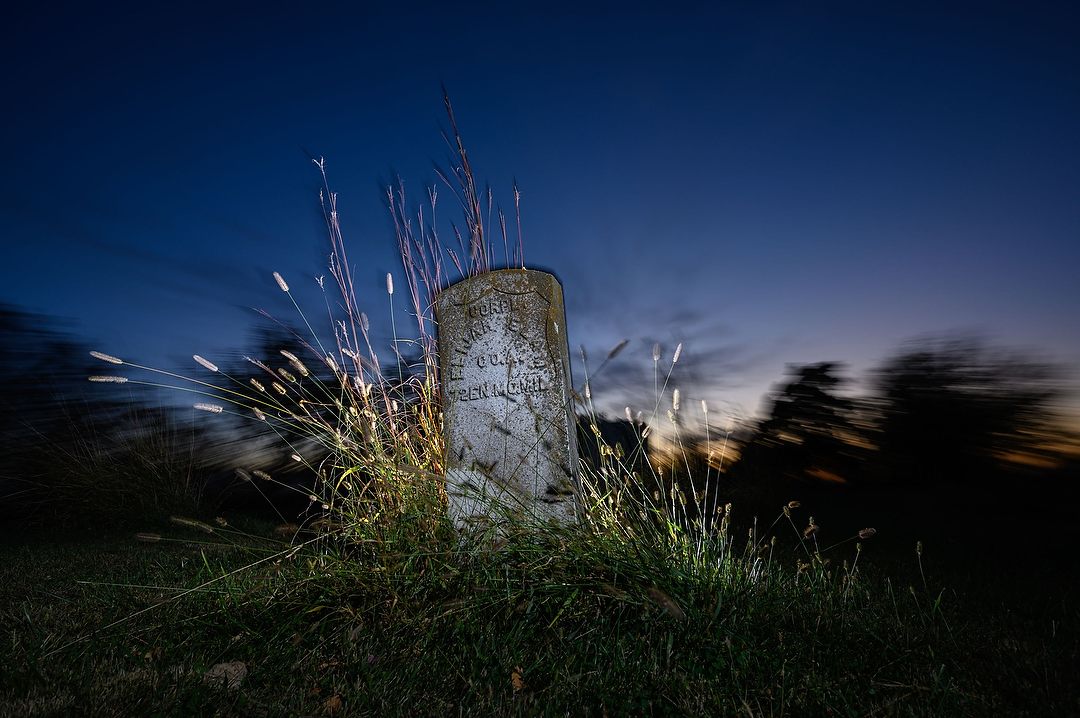
Getting this kind of look, by zooming the lens during a slow exposure, is only possible with rear-curtain sync. Nikon Z 6, Manual exposure, two Nikon SB-5000 speedlights, Flash white balance, ISO 100, 1/13 at f/8, Nikkor Z 14-30mm f/4 S lens at 24mm.
(If you like this story, please share it with your friends and let them know about the links on photography that I post on my business Facebook page. I’m also on Instagram and Twitter, @reedhoffmann. If you’re curious about the workshops I teach, you can find them listed here. And, you can subscribe to this blog on my home page.)

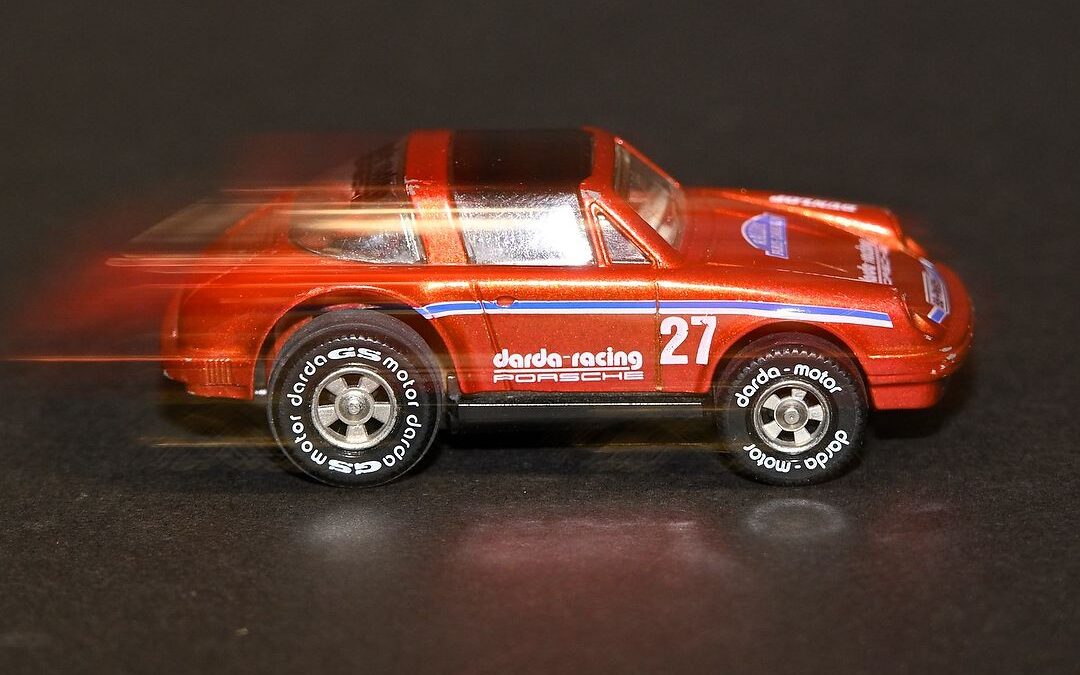
While I like the dragging effect of rear curtain sync, I have found that using front curtain on my Nex6, I can shoot at 1/320 rather than the default 1/160 limit, which is helpful outdoors.
Excellent tutorial Reed!
Interested in your mastering flash online class
Thanks Norm, I’ll post, and let you know, when it’s done and ready to teach.